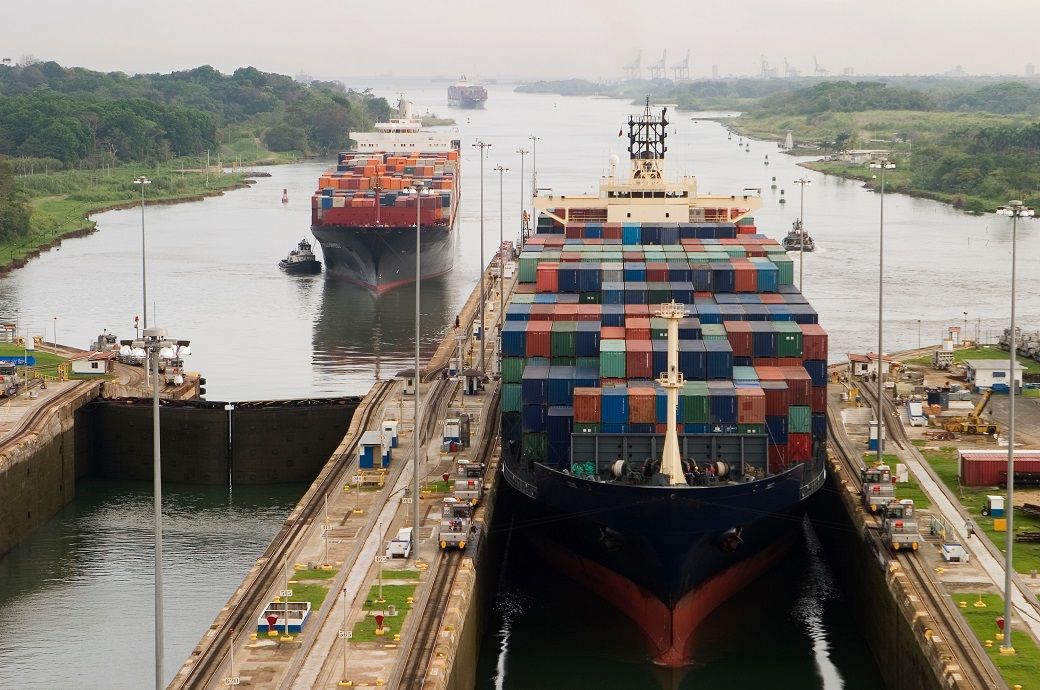
Drought conditions in the Panama Canal have exacerbated the challenges faced by global shipping. The shipment of cotton and readymade garments is likely to be impacted due to recent limitations imposed on vessel size and weight by the Panama Canal Authority (ACP).
These restrictions, necessitated by low water levels in Gatun Lake, the principal reservoir facilitating ship transit through the canal's lock system, have compelled shipping companies like Maersk to seek alternative transportation methods.
The ACP's decision to reduce the permissible amount and weight of vessels is a response to the current and forecast water levels in Gatun Lake. This lake, predominantly replenished by rain, has been affected by insufficient rainfall in Panama and Mexico.
In response to these challenges, Maersk has announced plans to employ a ‘land bridge’, essentially using rail transport to move cargo across the 80-kilometre stretch of Panama, circumventing the congested canal. This strategy aims to maintain the flow of goods despite the canal's limitations.
This situation represents yet another disruption in the global shipping network, following recent incidents where shipping companies had to reroute around the Red Sea channel due to attacks by Houthis.
A cotton importer from Gujarat, India, highlighted the significance of the Panama route for the export of cotton from the United States and Brazil to China and other Asian garment-producing nations. Furthermore, the route is crucial for transporting finished textile products from Asia to North and South America. The recent Red Sea crisis, compounded by the current situation in Panama, poses a significant challenge to various industries, including textiles and trade.
Industry experts have expressed concerns that utilising the ‘land bridge’ could not only increase freight costs but also lead to delays in shipping schedules. The logistical complexities are heightened as a fully loaded vessel would require multiple freight trains to transport its containers over the 80-kilometer distance in Panama.
ALCHEMPro News Desk (KUL)
Receive daily prices and market insights straight to your inbox. Subscribe to AlchemPro Weekly!